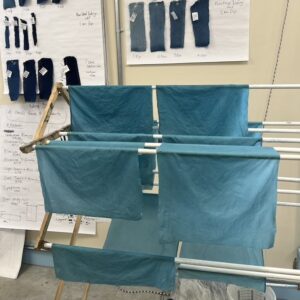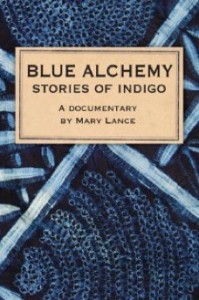MORDANT MONDAY: How Is Gall Nut Extract Different Than Ground?
We get mordant questions all the time at Botanical Colors so why not create Mordant Monday??? Got mordanting questions? Email [email protected] YOU ASKED: If I am using whole oak galls as a mordant, how is the gall nut extract used differently than the ground oak galls? Does the ground have to be heated for a certain amount of time or can it be added directly to hot water? KATHY ANSWERED: Gall nut extract, which we call gallo-tannin, is dissolved in near boiling hot water and then added to the dye pot or the mordant tub (it is a low -temperature mordant, … Read more






